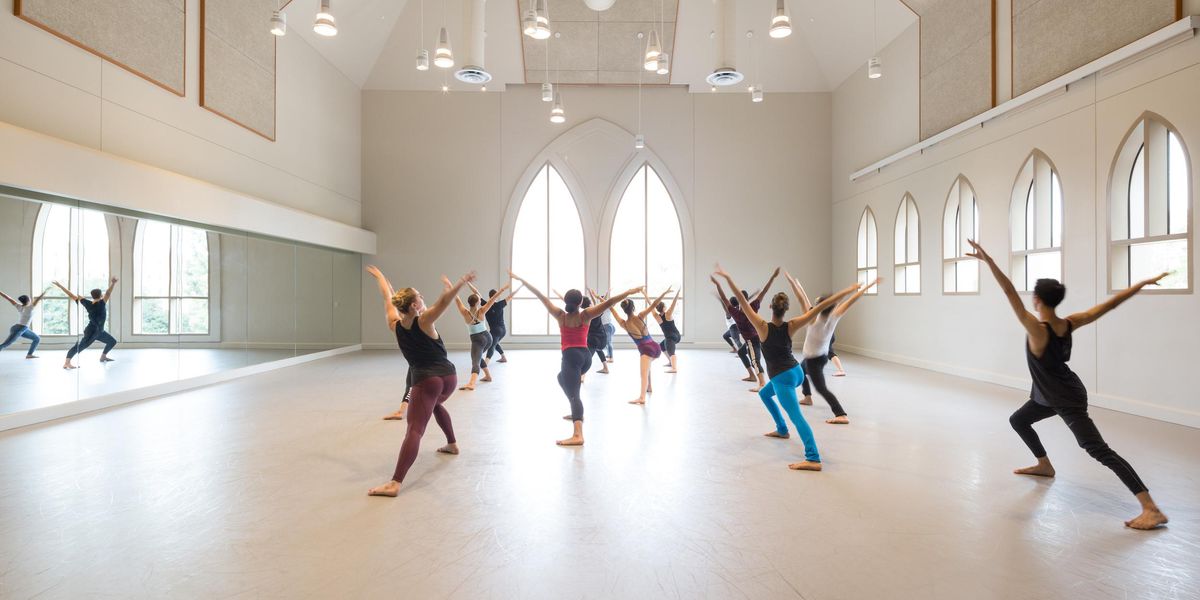Arthur Mitchell Talks Race and Balanchine
Misty Copeland in Swan Lake. Photo by Darren Thomas/QPAC
Misty Copeland’s rise to principal status and stardom this year has thankfully prompted conversations about race and ballet. It’s also prompted excitement around the idea of “firsts,” though often mistakenly. Misty is the first African American female principal dancer at American Ballet Theatre, and this is huge and important. She is not the first African American principal at ABT (Desmond Richardson came before her), though I’ve heard many say that, nor is she the first African American principal at a major American company (some, though not enough, have come before her). Misty is clear about recognizing those who came before her when she discusses her accomplishments, but others sometimes aren’t.
One of the most important black dancers in the history of American ballet is Arthur Mitchell (a 1975 Dance Magazine Award winner), who danced for New York City Ballet beginning in 1955, and later co-founded Dance Theatre of Harlem. On Monday, I attended a panel at Barnard College commemorating Mitchell and his archives, which have recently found a home at Barnard and Columbia University. Mitchell reminded me of what (and who) is missing from conversations about race and ballet.
Arthur Mitchell and George Balanchine. Photo by Martha Swope, courtesy NYPL for the Performing Arts.
Though Mitchell joked about how people have forgotten about him in all the Misty hubbub, even he was careful to point out the black dancers who came before him. He lauded Balanchine for having progressive ideas about race, and for dreaming of one day having a half-black company. Mitchell talked about one of Balanchine’s earliest muses, Betty Nichols, a black dancer who with Tanaquil Le Clercq traveled with the choreographer before he founded New York City Ballet.
Arthur Mitchell and Diana Adams rehearse Agon. Photo Martha Swope, courtesy NYPL for the Performing Arts
What stuck with me the most were Mitchell’s words about Agon. Balanchine made the steamy pas de deux for his famous 1957 ballet on Mitchell and white ballerina Diana Adams. Having a black man and a white woman dance together was a statement, and with the added element of sensuality, Agon was revolutionary. Mitchell insisted that the contrast between the color of his skin and the color of the ballerina’s skin is part of the choreography, and that casting white men makes for a different ballet. These days, Amar Ramasar often dances this role, but many white men have danced it, too.
Here’s another early version of Agon with Mitchell, this time partnering Allegra Kent:
I hope that NYCB continues to honor Agon‘s history by casting dancers of color in this role. (Who knows, maybe it’ll be Taylor Stanley’s next big break!) And I hope we can ground our conversations about race and dance in history by remembering the work of pioneers like Mitchell.




